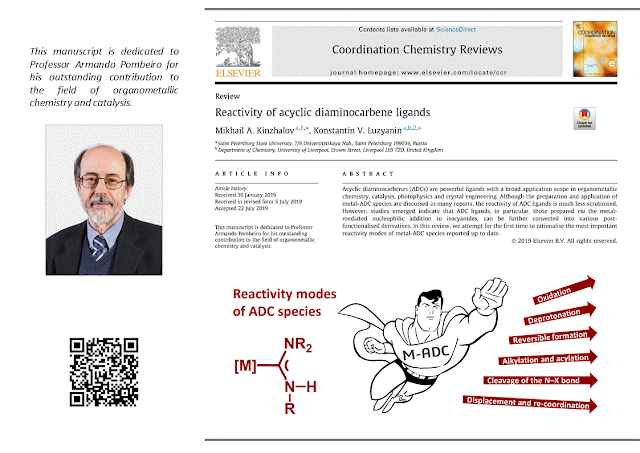Four-Center Nodes
Four-Center Nodes: Supramolecular Synthons Based on Cyclic Halogen Bonding
The isocyanide trans-[PdBr2(CNC6H4-4-X’)2] (X’ = Br, I) and nitrile trans-[PtX2(NCC6H4-4-X’)2] (X/X’ = Cl/Cl, Cl/Br, Br/Cl, Br/Br) complexes exhibit similar structural motif in the solid state, which is determined by hitherto unreported four-center nodes formed by cyclic halogen bonding. Each node is built up by four Type II C–X’···X–M halogen bonding contacts and include one Type I M–X···X–M interaction thus giving the rhombic-like structure. These nodes serve as supramolecular synthons to form 2D-layers or double chains of molecules linked by halogen bond. Results of DFT calculations indicate that all contacts within the nodes are typical noncovalent interactions with the estimated strengths in the range 0.6–2.9 kcal/mol.




